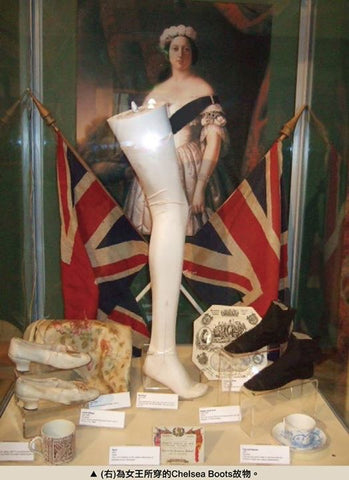Early History of the Chelsea Boot
The boots that are now known as the Chelsea boot have Victorian roots. The design and invention of the Chelsea boot is attributed to J. Sparkes-Hall, boot maker to Queen Victoria. However, he would not have been successful without the development of vulcanized rubber
In 1839, Charles Goodyear, an American inventor, developed a process to vulcanize rubber in Springfield, Massachusetts, which was patented in 1844. The same year, the British Thomas Hancock claimed to have also invented vulcanization independently for which he received a British Patent in 1844. Regardless of who created it, vulcanized rubber played a crucial role in the design of the Chelsea boot, because for the first time it allowed the creation of a boot that could be easily slipped on and off without the assistance of buckles, hooks, buttons, or laces.J.Sparkes-Hall was the first to design a vulcanized rubber – or shall we say ‘elastic’ – sided ankle boot. In the patent that he filled in 1851, he claimed, “She (Queen Victoria) walks in them daily and thus gives the strongest proof of the value she attaches to the invention.” These elastic sided ankle boots eventually came to be called Chelsea boots.
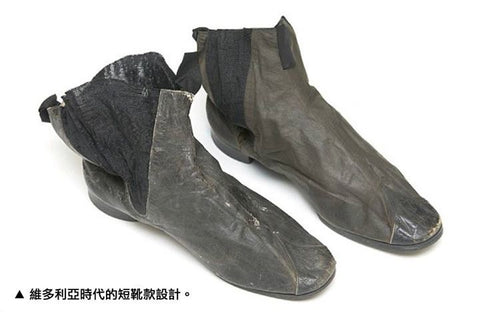
How Chelsea Boots Got Their Name
According to J. Sparkes-Hall, the Chelsea boot was initially used by both men and women for walking. Some sources state that they were initially used for horse riding; however, riding breeches in those days were designed to be worn with tall boots. Ankle boots, on the other hand, were a dominant form of men’s daytime footwear, and it is thus safe to conclude that the Chelsea boot was first used for walking and then made the transition to riding.
Some even claim they were referred to as Paddock boots at one point in time. In any case, the style remained a staple until WWI. In the mid-1950s, a group consisting of young artists, film directors, and socialists started frequenting the King’s Road area in West London. This group was named the ‘Chelsea Set’ by the media, and they made the name ‘Chelsea’ synonymous with a new way of living and dressing. This group, which included well-known fashion icons Mary Quant and Jean Shrimpton, started favoring the Paddock boots and soon they began to be considered the ultimate leisure accessory and hence were renamed to Chelsea Boots.

The Chelsea Boot in the 20th Century
London’s theatrical shoemakers, Anello & Davide, re-interpreted the Chelsea boot in the early 1960s by fitting it with a Cuban heel. Their version was known as the ‘Baba boot’ and entered the world of rock & roll. As was expected, their popularity skyrocketed. The main reason for this was the fact that The Beatles were very often seen wearing them.
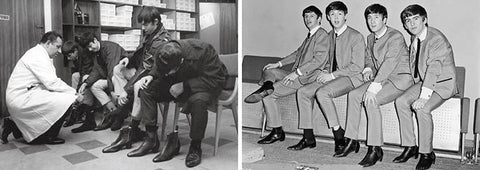
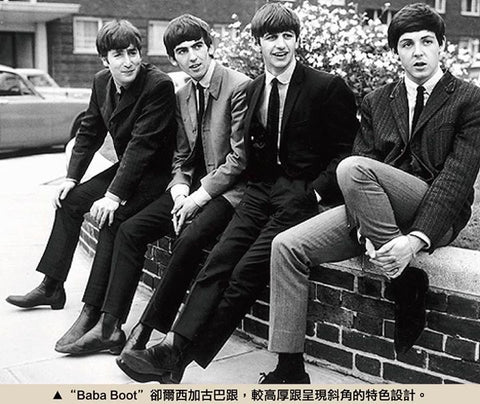
Legend has it that John Lennon and Paul McCartney each bought a pair at Anello’s shop at 96 Charing Cross Road on the way back to Liverpool from Paris in October 1961. In 1962, George Harrison and Ringo Starr joined them and paired with suits so they would look like a uniform. Soon they came to be known as ‘the Beatle boot’.
It was also during this time when the image-conscious Mods started wearing tailored suits, drove customized scooters, and wore Chelsea boots. It is quite difficult to ascertain exactly why Chelsea boots were considered the height of Mod fashion, but it is thought that apart from well-known rock and roll bands ( The Rolling Stones wore them as well), French and Italian cultural influences combined with the popular American greaser look played a significant role.

In the 1970s, the Chelsea boot made what most would consider a most unexpected appearance in the most famous science fiction franchise of all time: George Lucas’s Star Wars trilogy!

Chelsea boots today are extremely popular due to their simplistic and classic look. Most versions of the modern boot have eschewed the theatrical look of the 60’s version for a low, classic heel with a sleek profile. They can be dressed up, down, and then back again very easily. Chelsea boots give a man timeless charm and signals heritage.
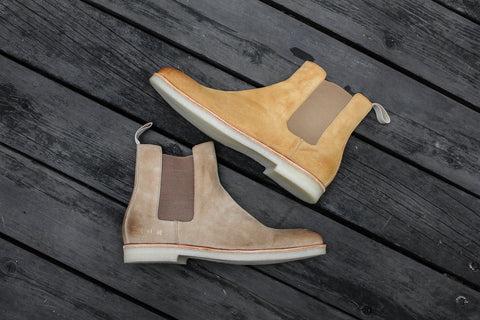
While the Chelsea boots share their first four characteristics with the Jodhpur boots, the remaining three distinguish them from the Jodhpur boots.
Loake Chatsworth Chelsea Boot
- The shaft falls at ankle height or slighly above
- Rounded toes
- Low heels
- Constructed from two parts, each made from a single piece of leather: the vamp and the quarters
- The vamp and the quarters meet near the ankle where they are joined by a strip of vulcanized rubber or elastic
- The strip of elastic extends to just below the ankle but not all the way down to the sole (just above the welt)
- The vamp and quarters are not sewn one on top of the other. Instead, they are sewn together in one plane below the ankle





